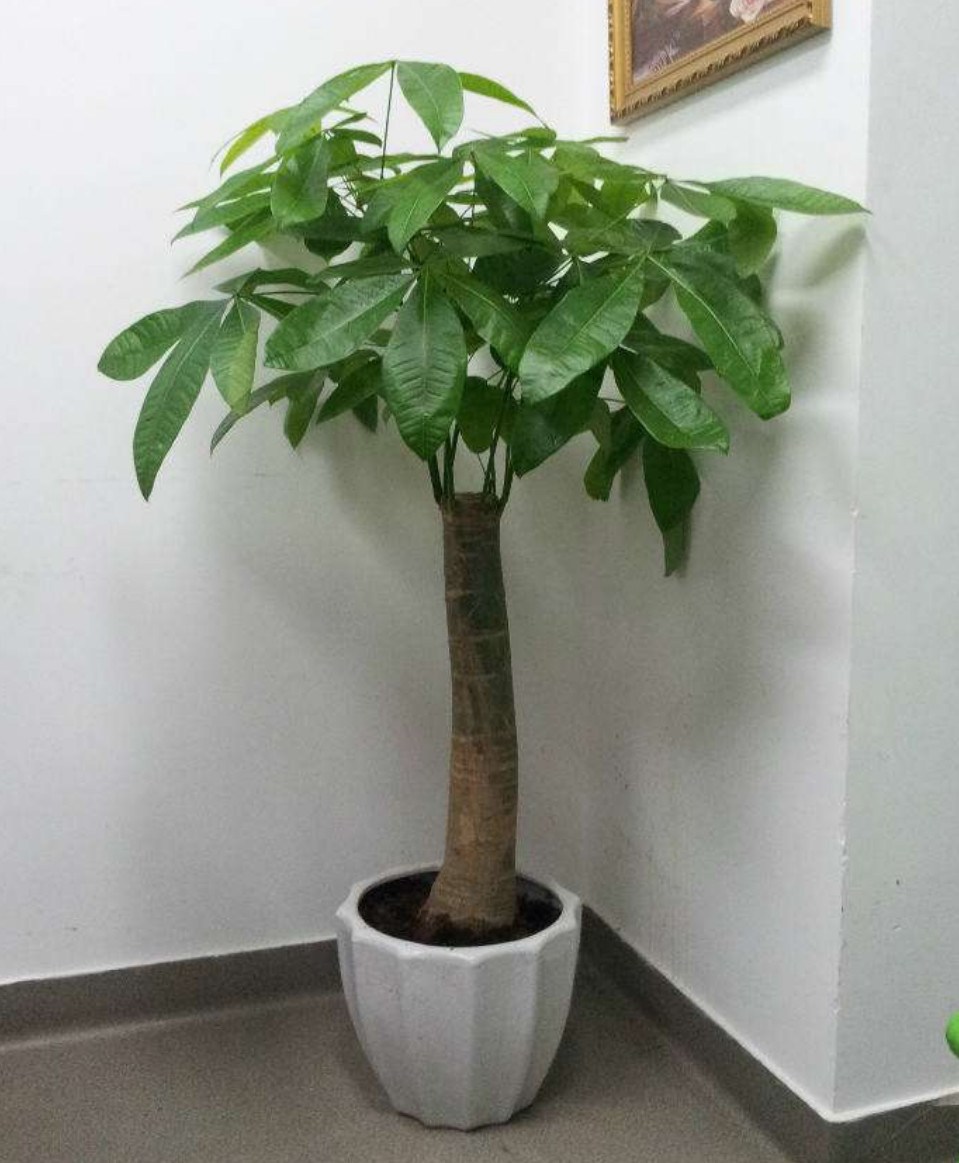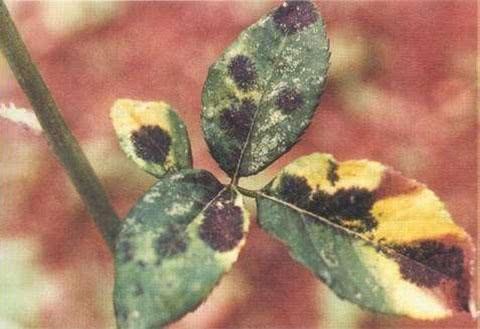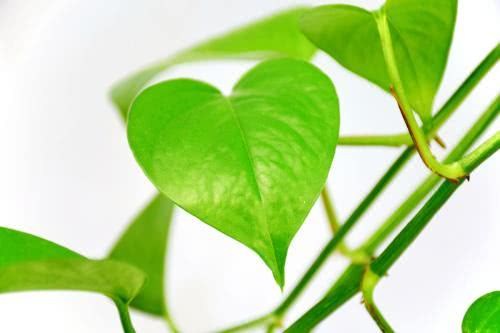Don't throw away the rotten roots of the rich tree. It will soon flourish again.

The rich tree has a beautiful meaning, beautiful plant type, and green stems and leaves all the year round, so it is an ideal indoor foliage plant. Rich trees like the moist growth environment, but avoid stagnant water in the basin, so improper breeding is easy to appear rotten roots. If the yellow leaves of the rich trees of the flower friends wilt at the same time, accompanied by the outflow of mucus above the roots, it can basically be judged to be rotten roots. Found rotten roots, if there is a possibility to save, do not lose, follow the following steps, careful maintenance will flourish again.
The rotten roots of the rich trees are mostly caused by excessive watering of the soil, high culture temperature, poor ventilation and the growth of bacteria in the basin soil. The rich tree has a strong stem, but its root system is very weak. Because the roots are weak, rich trees have higher requirements for pots and soil. When raising rich trees, try to choose smaller and shallower pots. Choose the slightly acidic soil with loose air permeability and good drainage.
The rotten roots of rich trees can be divided into several situations, one is partial root rot, one is all root rot, and the other is soft rot of root system and stem. In the first case, if part of the root system is rotten, you can cut off the rotten part with a sharp knife, soak and disinfect the remaining root system with potassium permanganate solution or carbendazim solution, dry and replant the soil. After re-potting, put the plant in a cool and ventilated place for a week, spray water and moisturize the leaves, wait for the plant to recover obviously, and then give scattered light gradually.
If the roots are all rotten in the second case, all the rotten parts should be removed, soaked in potassium permanganate solution, dried and placed in clean, slightly wet coarse sand. During this period, cut off the yellow leaves and some healthy leaves, leaving a small number of them conducive to photosynthesis, reducing nutrient consumption, and spraying water to keep the leaves and substrate moist. Wait for the new leaves to grow and grow steadily, and then re-change the soil for cultivation.
If you encounter the third situation, the roots all rot, and together with the stem appear soft rot phenomenon, basically do not need treatment. The rich tree likes sufficient scattered light, can properly bask in the sun when the sun is not strong in spring, autumn and winter, shade in the middle of summer, move the plant to the place of astigmatism ventilation, and spray water to moisturize the leaves. The pot soil is slightly dry and then watered to prevent stagnant water from rotting the roots. If the temperature is low in winter, the rich trees should be watered even more. In general, the basin soil is not dry and not watered.
- Prev

Rose black spot disease so that flowers bloom full branches and big and colorful
Rose black spot disease is a common rose disease, so friends who like roses need to know the prevention and treatment methods of rose black spot disease. Below is to take everyone to understand the next rose black spot disease! Symptoms of black spot disease: rose hair...
- Next

Ingenious use of soybeans, the key to the growth of green pineapple lies in it.
Green pineapple is a kind of plant, which is generally raised indoors and used to purify the air. Its appearance is also very good-looking, which is very suitable for us to make background walls! But green pineapple is not so easy to cultivate, editor today.
Related
- Wuhan Hospital Iron Tree Blooming Result Was Instantly Frightened by the Gardener Master
- Which variety of camellia is the most fragrant and best? Which one do you like best?
- What is the small blue coat, the breeding methods and matters needing attention of the succulent plant
- Dormancy time and maintenance management of succulent plants during dormancy
- Minas succulent how to raise, Minas succulent plant pictures
- What are the varieties of winter succulent plants
- How to raise succulent plants in twelve rolls? let's take a look at some experience of breeding twelve rolls.
- Attention should be paid to water control for succulent plants during dormant period (winter and summer)
- Watering experience of twelve rolls of succulent plants
- Techniques for fertilizing succulent plants. An article will let you know how to fertilize succulent plants.

